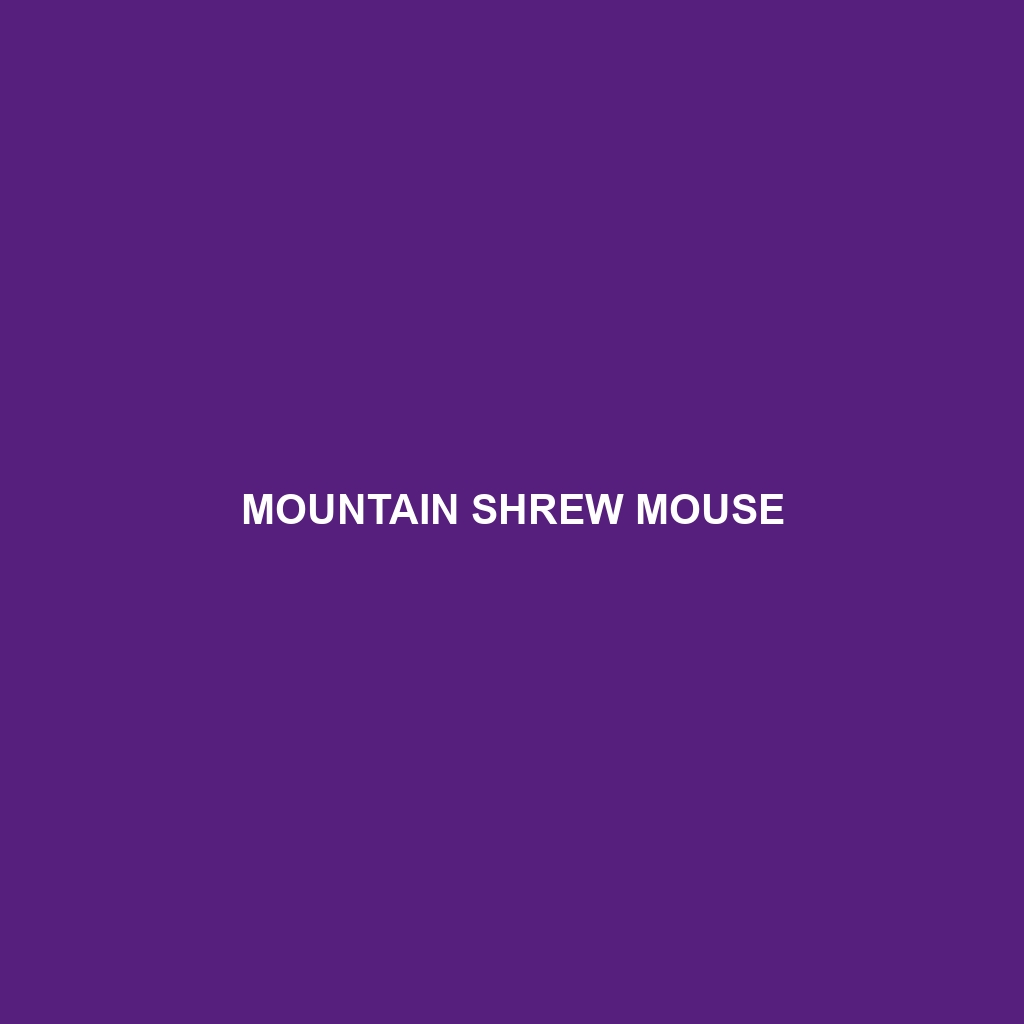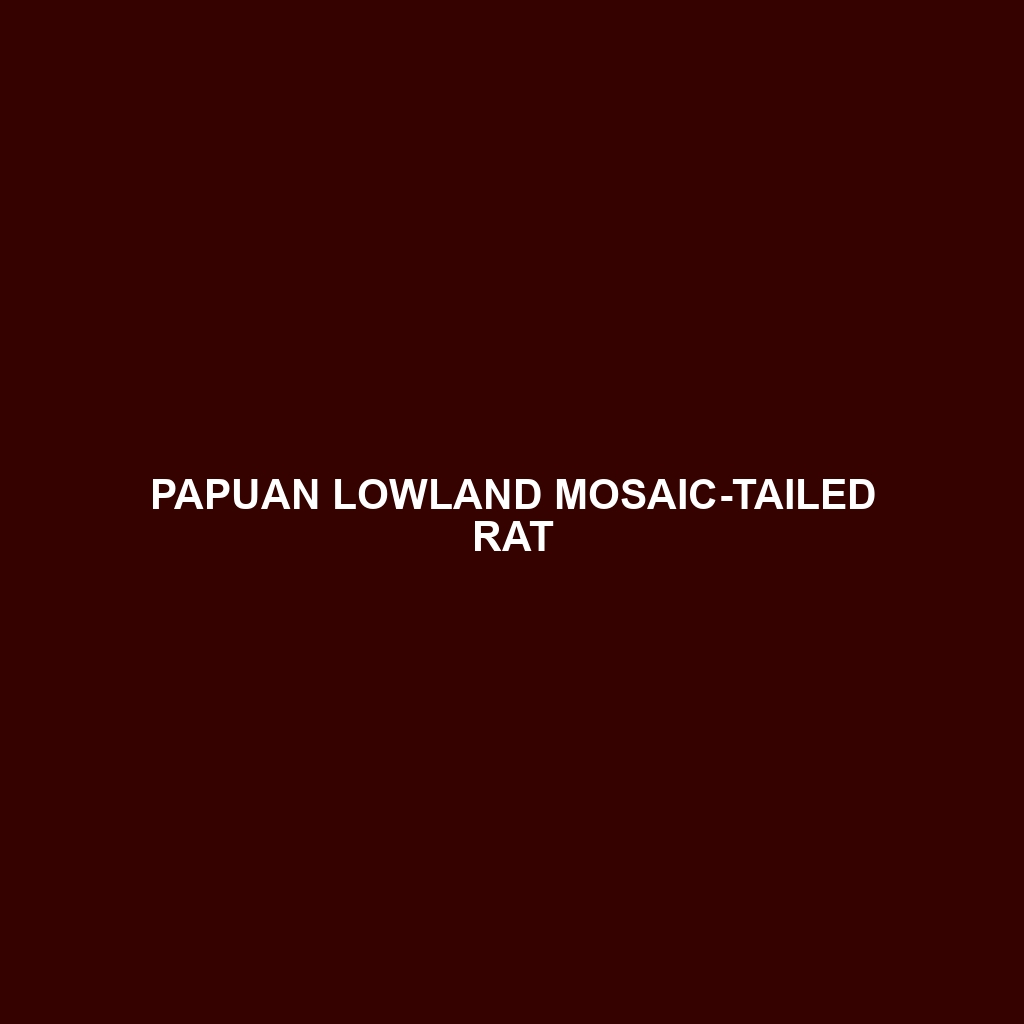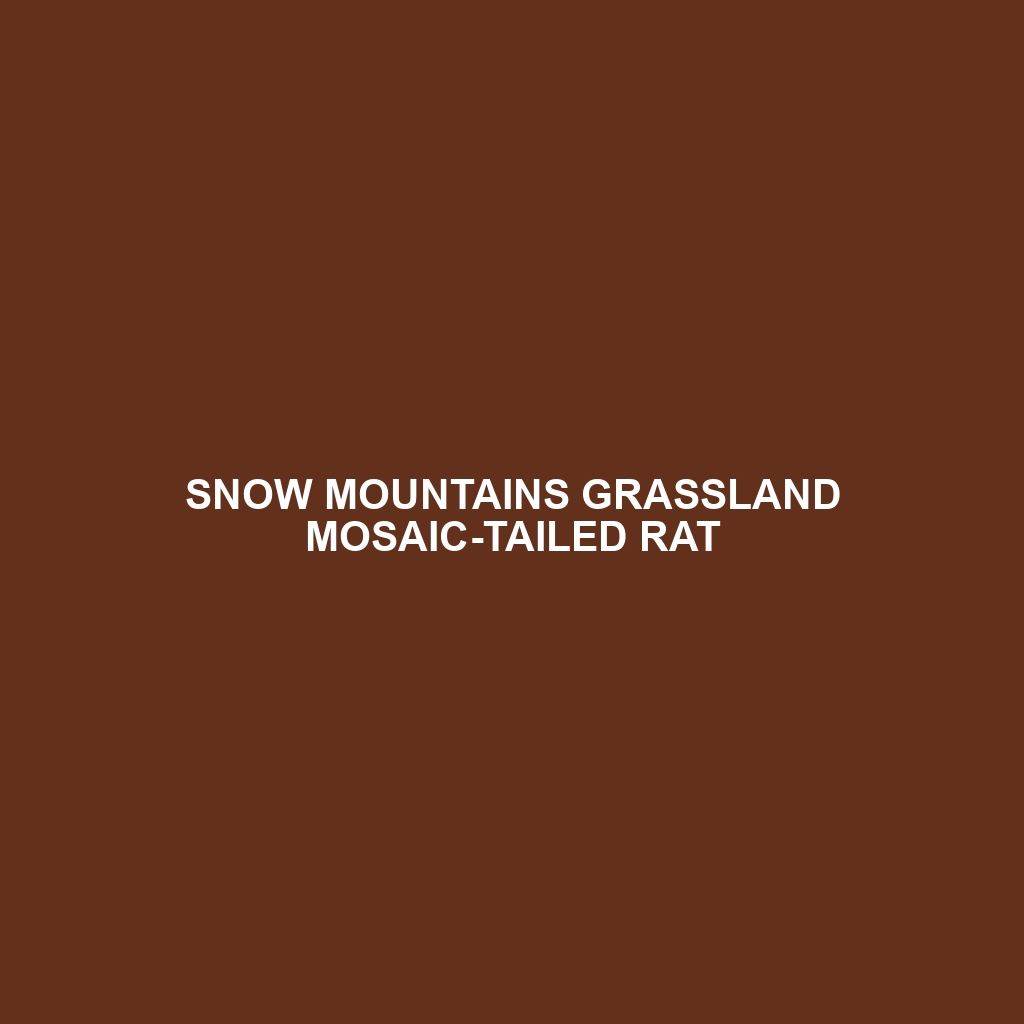Discover the fascinating Mountain Shrew Mouse, a small rodent native to the rugged Himalayan regions of Eastern Asia. With its remarkable burrowing skills, nocturnal behaviors, and crucial ecological role, this species faces vulnerabilities due to habitat loss and climate change. Learn about its unique adaptations, diet, and the importance of conservation efforts to protect this intriguing mammal and its mountainous habitat.
Tag: climate change
Desert Mouse
Explore the remarkable world of the Desert Mouse, a small rodent thriving in the arid landscapes of the southwestern United States and northern Mexico. With their exceptional burrowing skills, nocturnal habits, and vital role in seed dispersal, these agile creatures exemplify resilience in extreme conditions. Learn about their habitat, diet, and conservation status while uncovering fascinating facts about this intriguing species.
Laurie’s Moss Mouse
Discover the enchanting Laurie's Moss Mouse, a small rodent native to the lush forests of New Guinea. With its adorable appearance, distinctive climbing abilities, and vital role in seed dispersal, this nocturnal creature faces challenges due to habitat loss. Learn more about its unique lifestyle and conservation status in our latest blog post.
Snow Mountains Grassland Mosaic-tailed Rat
Discover the Snow Mountains Grassland Mosaic-tailed Rat, a unique rodent thriving in the alpine meadows of Papua New Guinea. With its striking mosaic-like fur, nocturnal behavior, and vital role in seed dispersal, this vulnerable species faces challenges from habitat loss and climate change. Explore their fascinating adaptations and the critical importance of conservation efforts to ensure their survival in a rapidly changing environment.
Australian Broad-toothed Rat
Explore the fascinating world of the Australian Broad-toothed Rat (*Mesembriomys gouldii*), a medium-sized herbivore native to the alpine regions of southeastern Australia. Discover its unique physical adaptations, social behavior, and vital role in maintaining ecological balance through seed dispersal. Learn about the conservation challenges this vulnerable species faces and the ongoing efforts to protect its mountainous habitat.
Subalpine Woolly Rat
Discover the fascinating world of the **Subalpine Woolly Rat**, a resilient rodent thriving in the high-altitude terrains of the Andes. Known for its dense, woolly fur and unique adaptations to cold climates, this species plays a crucial role in its ecosystem, from influencing plant dynamics to serving as prey for predators. Explore its habitat, dietary habits, and the challenges it faces in a changing environment.
Alpine Woolly Rat
Discover the fascinating Alpine Woolly Rat (*Oligoryzomys longicaudatus*), a medium-sized rodent native to the high-altitude regions of the Andes in Argentina, Chile, and Bolivia. Known for its soft grayish-brown fur and agile climbing abilities, this nocturnal species plays a crucial role in its ecosystem as a seed disperser. Currently classified as vulnerable due to habitat loss and climate change, efforts are essential to protect this unique rodent and its mountainous home.
Large Cordillera Shrew Mouse
Discover the fascinating world of the Large Cordillera Shrew Mouse (*Cryptotis magnus*), a resilient inhabitant of the high-altitude ecosystems in Central and South America. With its unique adaptations, this nocturnal rodent plays a crucial role in its habitat, from pest control to seed dispersal, all while facing the pressing threats of habitat loss. Learn about its lifestyle, diet, and conservation status in our latest blog post!
East African Groove-toothed Swamp Rat
Discover the fascinating world of the East African Groove-toothed Swamp Rat (Hybomys univittatus), a medium-sized rodent thriving in the wetlands of East Africa. With their remarkable swimming skills, unique dental structure, and vital role in maintaining the ecosystem, these nocturnal foragers adapt to their marshy habitats while facing threats such as habitat loss and climate change. Learn more about their behavior, diet, and conservation status in our detailed blog post.









